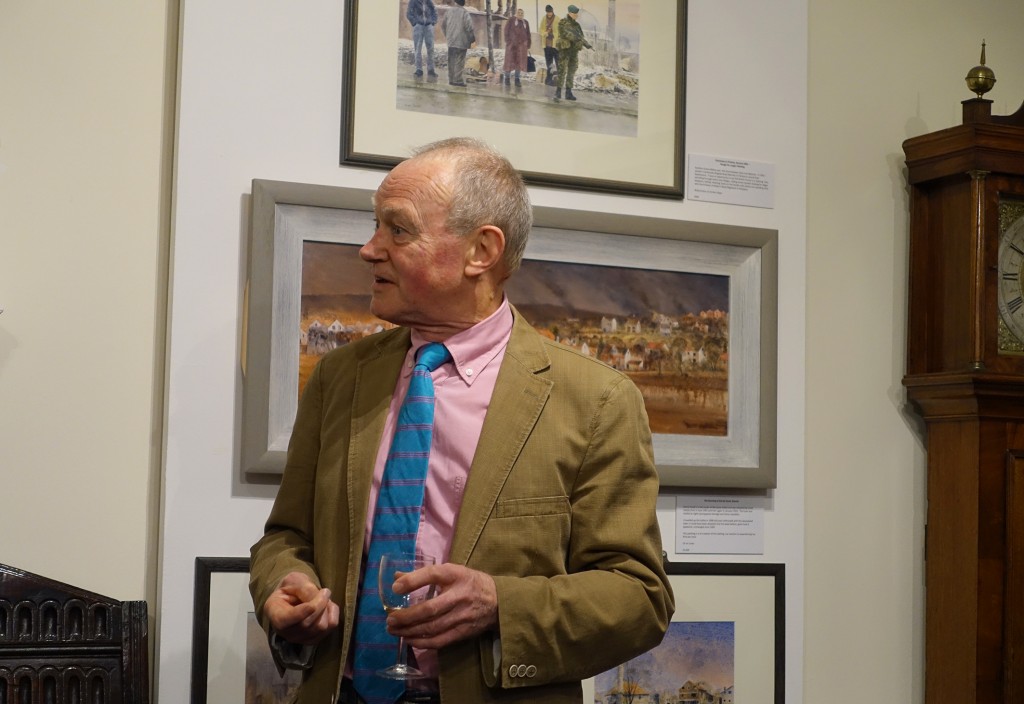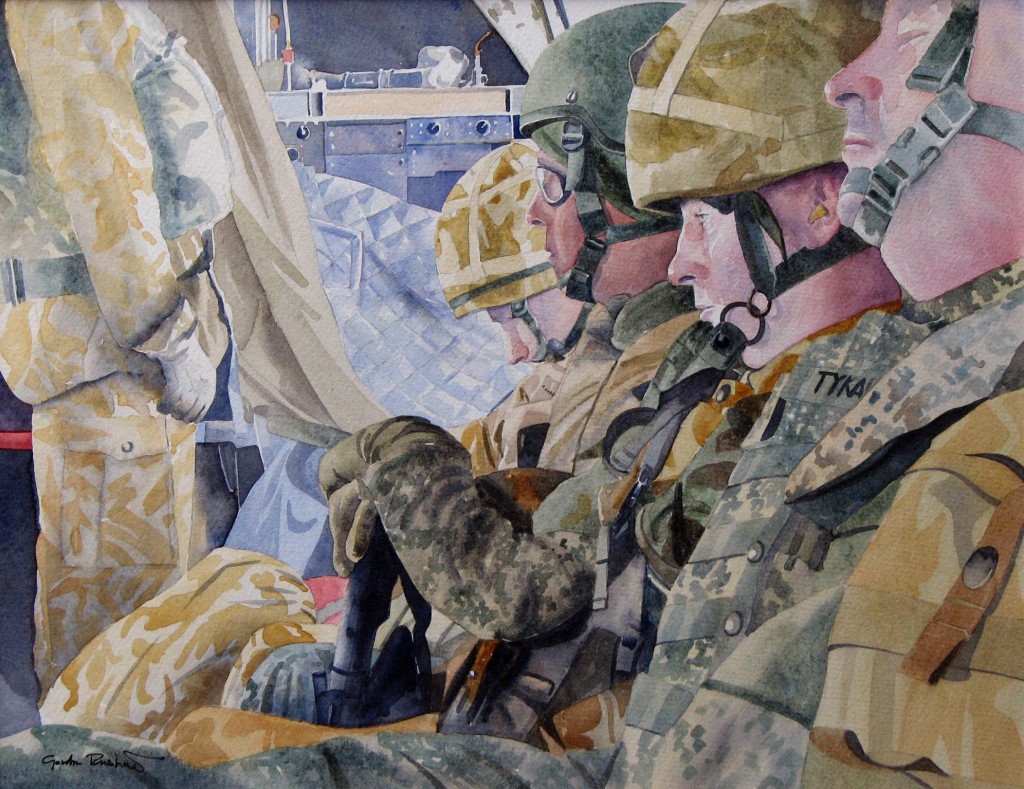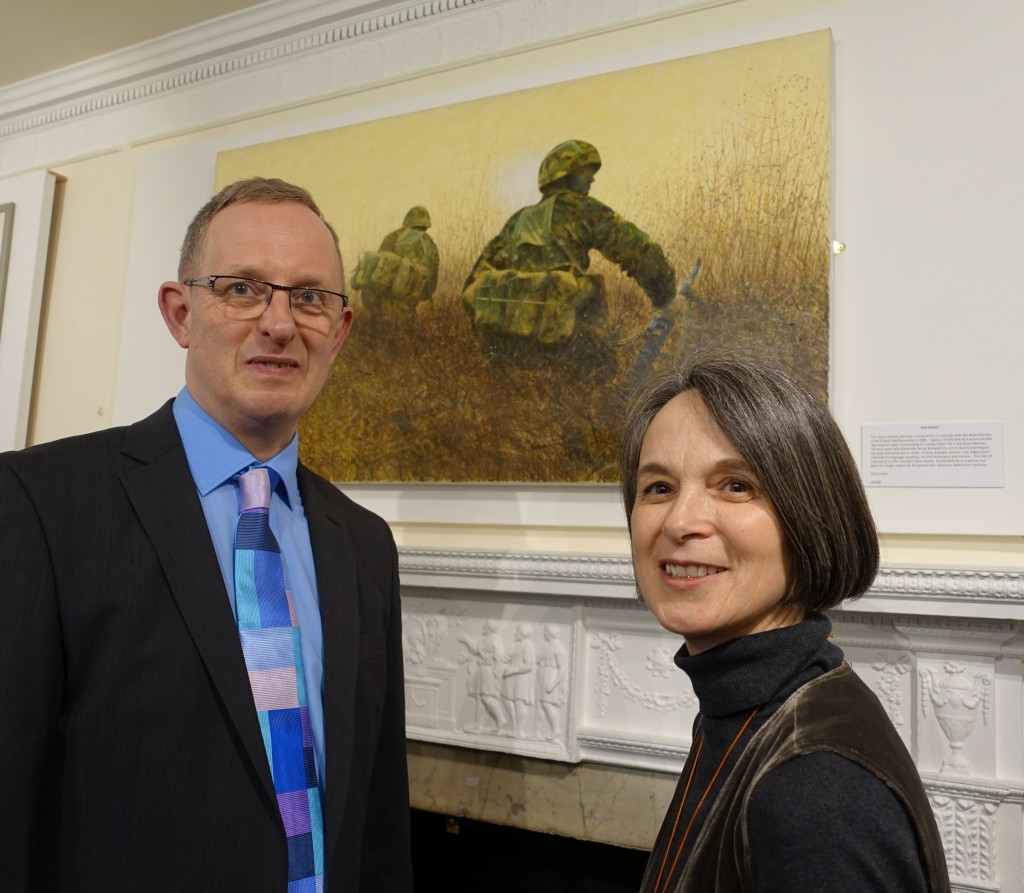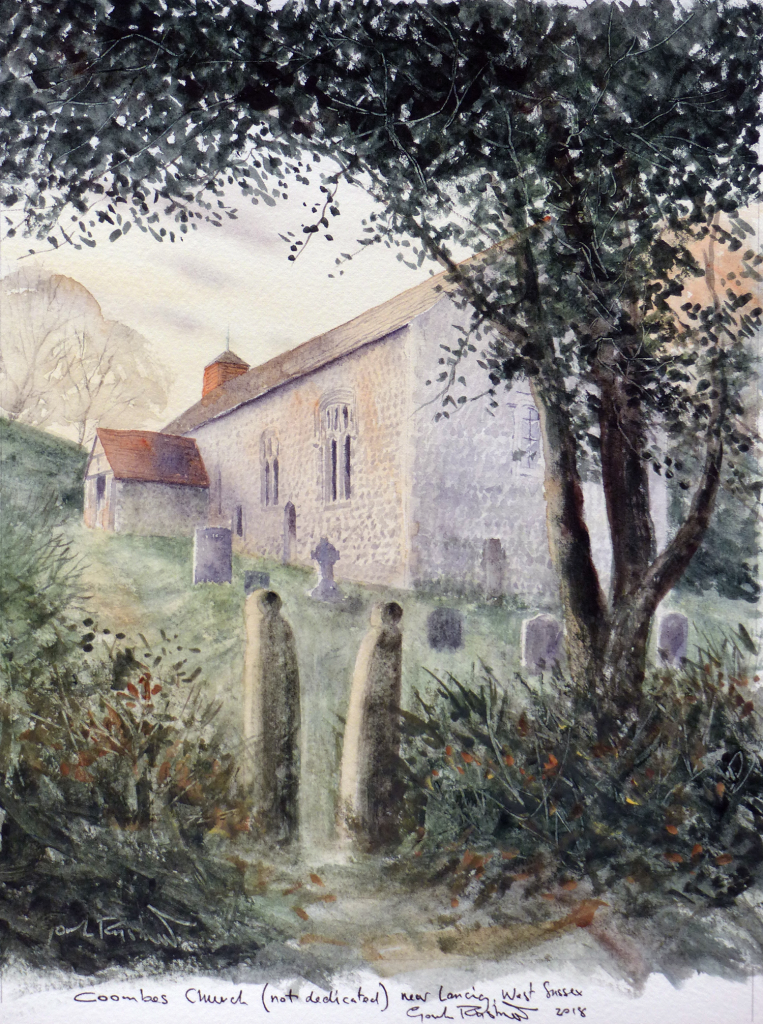
Horsham Museum & Art Gallery’s latest exhibition, Accents on The Landscape – Ancient Churches of West Sussex, comprises a canon of watercolours by the celebrated British watercolourist Gordon Rushmer.
I catch up with Gordon as I open the exhibition and ask him about the inspiration behind his latest body of work. He replies “I am nostalgic for the past – my childhood in the South Country of fifty or sixty years ago.” Gordon’s comments resonate with Hilaire Belloc’s famous poem The South Country and the writer’s yearning for Sussex, her people and landscape.
Gordon’s paintings provide a valuable contemporary record of these churches continuing in the British watercolour tradition, but there is something more to these rich watercolours. He depicts these ancient, sacred places in perfect harmony with the Sussex landscape. Like this gifted artist the churches appear rooted in the landscape. Gordon says “When I paint it’s a spontaneous response to what I perceive – the meanings often reveal themselves later. My paintings often start with an idea which can take a year to come together.”
I begin to understand that the stillness evident in many of his paintings comes out of a process of reflection. Once Gordon has discerned what it is he wants to convey he works from his photographs and sketches made in the field. The pictures record the memory of a particular moment which transcends time and the purely visual.
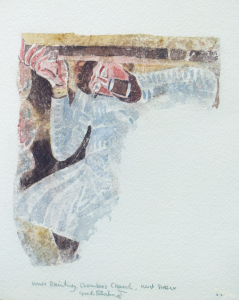
Gordon’s journey around the ancient churches of Sussex has been one of returning, of bridging the ancient to the modern. It has been a journey of the interior emotionally and spiritually, as well as in the physical world.
These qualities can be seen in Gordon’s study of Coombes Church which you approach through a farm yard nestling in the lee of the Downs. It is often surrounded by grazing sheep. Inside there are a number of fragmentary 11th century frescoes which Gordon has illustrated.
Gordon Rushmer is an acclaimed war artist. He reflects “I have witnessed both the best and the worst in life. My time in Afghanistan and abroad [with British forces] has informed my perspectives. The stillness of these churches is amplified for me – that contrast between the war and the peace.”
I comment on how his work always seems hope filled and Gordon smiles and agrees.

This exhibition has only been possible thanks to the patronage and vision of Horsham Museum & Art Gallery’s Curator Jeremy Knight. The limited edition book by Gordon Rushmer which accompanies the exhibition is beautifully illustrated and will provide an important legacy to the Horsham District Council’s 2019 Year of Culture.
I am delighted that Toovey’s are supporting ‘Accents on The Landscape – Ancient Churches of West Sussex’. It runs at the Horsham District Council Horsham Museum & Art Gallery, The Causeway, Horsham, until 1st June 2019. Entrance to the Museum and exhibition is free. It provides a rare opportunity not only to see, but also to acquire the work of an artist who is represented in the collections of Tate and The Imperial War Museum. For more information go to www.horshammuseum.org or telephone 01403 254959.
By Rupert Toovey, a senior director of Toovey’s, the leading fine art auction house in West Sussex, based on the A24 at Washington. Originally published in the West Sussex Gazette.

